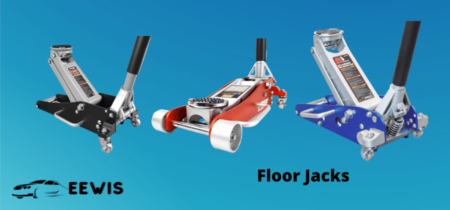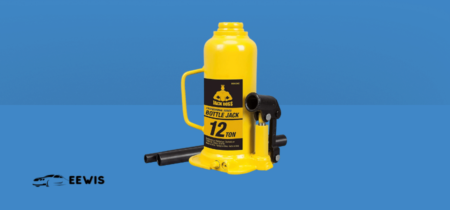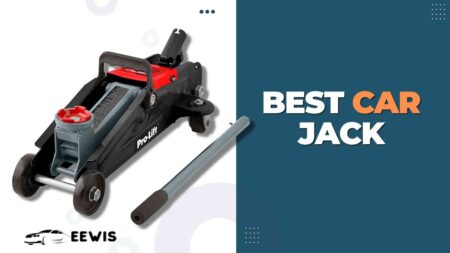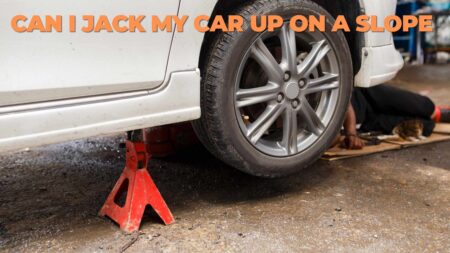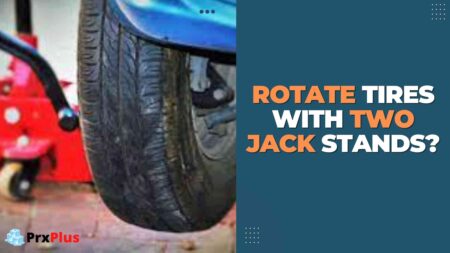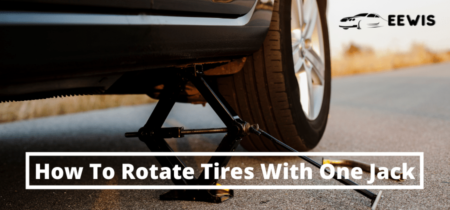It is vital to learn why you should not alter the Do not adjust screw on floor jack and its potential dangers. Keep yourself and your vehicle safe by following proper usage instructions.
Well, after many requests, we have decided to put together a tutorial that will assist you in rebuilding your old floor jack by yourself. This tutorial will cover the topic of what is the do not adjust screw on floor jack and other variances that you might encounter.
Therefore, your jack might be different in color and fastener type, but it will share the same hydraulic system and the location of pivotal components for your typical 2-3 ton floor jack. This guide will tell you how to rebuild a floor jack and the do not adjust screw on a floor jack.
So let’s explore this worthwhile read to become skilled in rebuilding your floor jack. So in this blog, you will learn the step-by-step process of restoring or rebuilding your old floor jack without touching the do not adjust screw on floor jack.
You can also read: Best American Made Floor Jacks In 2023
What Is The Do Not Adjust Screw On Floor Jack?
There is an adjustment screw with a cap known as “Do Not Adjust Screw”. ‘Do not adjust ‘the safety relief valve; the company has built this device to prevent the jack from blowing apart under a hefty load. So please don’t touch it and leave it alone.
Remove The Handle Assembly
To start, you will need to remove the handle assembly; that will speed up the process. Once you remove both upper bolts, you can take out the Handle assembly and the handle return spring; on some jacks, you will have 2 of these, one on each side.
Next, you will remove the lower bolts; 3/8 Allen head screws have fastened them, allowing you to contact them without disjoining the wheels. So here, you will notice the silver bar at the rear of the jack. Thus, it is just a stiffening brace held on by nuts that protrude through the frame.
Likewise, you need to remove these bolts. After removing all the bolts, you can pick up the frame’s rear and slide it forward. So it will show you the next step.
Now you have to use a Prybar or Screwdriver and slip the return spring off; on some jacks, there holds two, while some own only 1. It would be terrific if you had a cotter key removal or side cutters for the pulling out of the key.
Flip Over To The Vise
When you secure the pump in the Vise, pull the pump straight out. There is no seal on it because it is inside the jack.
Most floor jacks use a flat recessed seat with a ball to seal the system. Many models are available in the market that have a Needle valve rather than this one. If your case is this, there won’t be a small ball; remove it and keep it detached.
To Take The Working Valve Apart
Now in this step, you should take the working valve apart. Similarly, many models use an Allen head, while others utilize a standard screwdriver head.
After removing the socket head, you will need a small pen magnet to release the inner workings. Some models possess two balls, the larger ball is on top, and the smaller one is on the bottom seat. Separate these balls from other parts.
Besides, some other models own distinct styles and use spacers between the balls, and you will find springs, etc. It would be helpful to track how things come apart and in which order; that will be practical for you.
Release The Overload Valve
To adhere to the process, your overload valve is the one to the right of the release valve. There are many floor jacks; the only wrong thing with them is the valve. Therefore, it backs off by itself which wouldn’t allow your floor jack to lift the load.
Anyhow, first, you must clean the dust cover off; sometimes, it will have a sign “DO NOT ADJUST” sticker over it. And you will find a standard screwdriver socket inside the valve. Thus, use a small screwdriver that should not muck the inner threads up.
Always count the revolutions necessary to tighten the interior set screw completely. On floor jacks, it nearly takes 6 to 8 revolutions; that is more than enough.
To Go For The Test
Except for leaking, your floor jack is working fine, and you must count the revolution it takes, so reinstall it and back it to its original settings.
The overload is vital because the company has designed it to keep your floor jack from overloading and possibly rupturing a seal. You must go by the tonnage suggestions and don’t turn this down. There is no way to set it correctly without undergoing the test station.
So this is how a typical overload valve operates; here, you will get a little ball placed in the seat. The upper seat with a slot fits inside a heavy spring, and then the top part goes down inside the spring. So you have to set the screw tightens down on top of the flat.
Take Some Wheel Bearing Grease
Sometimes reinstallation gets problematic, so you should insert the small ball, finding out that it is in the seat. You must take some wheel bearing grease, swab a little on the tip, and then insert it into the spring. And do the same for the upper part, then lower one piece in the valve.
Many newbies get that first piece in sideways, which can generate damage. So when you crank the set screw down, it breaks the parts. Thus, taking time and visually checking what you’re working out would be practical.
Remove The Tank Nut
Next, you will require a pipe wrench or an appropriate socket to remove the Tank nut. You must keep a pan neat to grab the oil. Always ensure you snoop the inside out. When you unthread the Tank Nut, it will release pressure from the reservoir, and you will disassemble it.
And here we are at Paydirt, and we finally got to the Ram-Cup to verify what version you have. Many models hold the O-ring sitting in its interior Hollow Cup Shell. They commonly found it in 95% of newer jacks available in the market, which is not the soundest designed sealing surface.
It will be ideal if you inspect your jack internally, in good condition, full of oil, and free of rust and pitting. Now you have the jack apart, let’s get working on removing the seals; first, you should have to remove the O-rings on the Pump.
Once you remove the O-ring, the outer shell will slip right off. Now that you have completely torn down your jack, you’re ready to find replacement seals. Then you have to dig the O-rings out to avoid damaging the Backups. You can re-use these backups.
Most jacks possess 2 O-ring grooves machined inside, while some own only 1. Backup is over top of the O-ring on the bottom in each groove and bevel side down. Backups have flat and beveled sides, allowing the O-ring to sit inside and hold it correctly framed under high pressure.
You can also read: How To Adjust A Hydraulic Floor Jack
Conclusion-Do Not Adjust Screw On Floor Jack
We are sure you enjoy the write-up, and you guys have learned a lot about the do not adjust screw on a floor jack and how to restore or rebuild a floor jack. You must replace all the cheap seals with quality U-cups and keep all the standard sizes in stock.
So you should always carry the O-rings in stock. Most Chinese floor jacks use the same basic design but many variations. Therefore, we recommend finding a local Hydraulic shop and purchasing everything you need. If your jack is 10+ years old, you might have a U-cup in stock.



